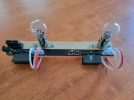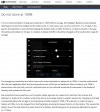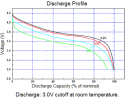Has anyone come up with a way to manually discharge a Mavic 3 battery without flying it? If I charge all 3 batteries for a shoot and come back with one or two still fully charged, I'd like to bring them down to ~50% or so for storage until the next flight. I understand that there is a built-in mechanism to discharge to a safe level when not in use for a period of time - just curious!
When I had my Inspire 1, someone had come up with a DIY solution to discharge the batteries using the rig pictured.

Thanks!
When I had my Inspire 1, someone had come up with a DIY solution to discharge the batteries using the rig pictured.

Thanks!














